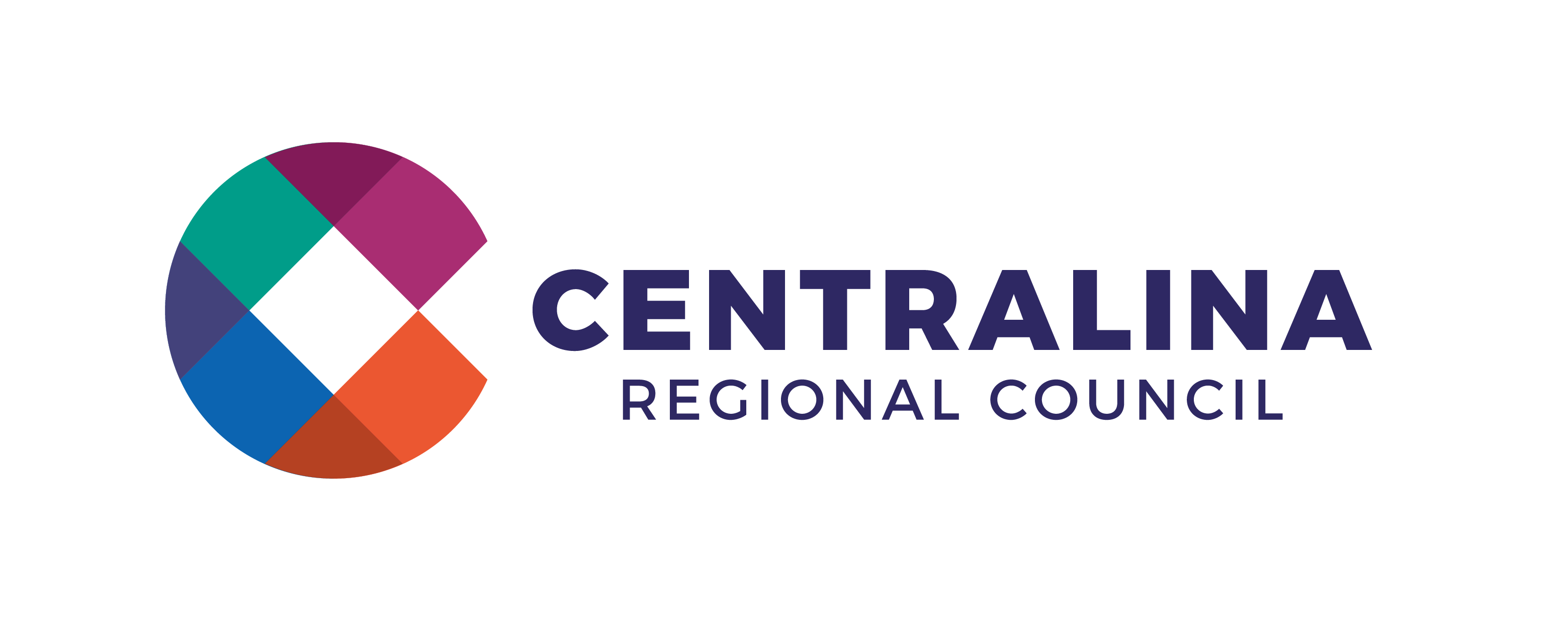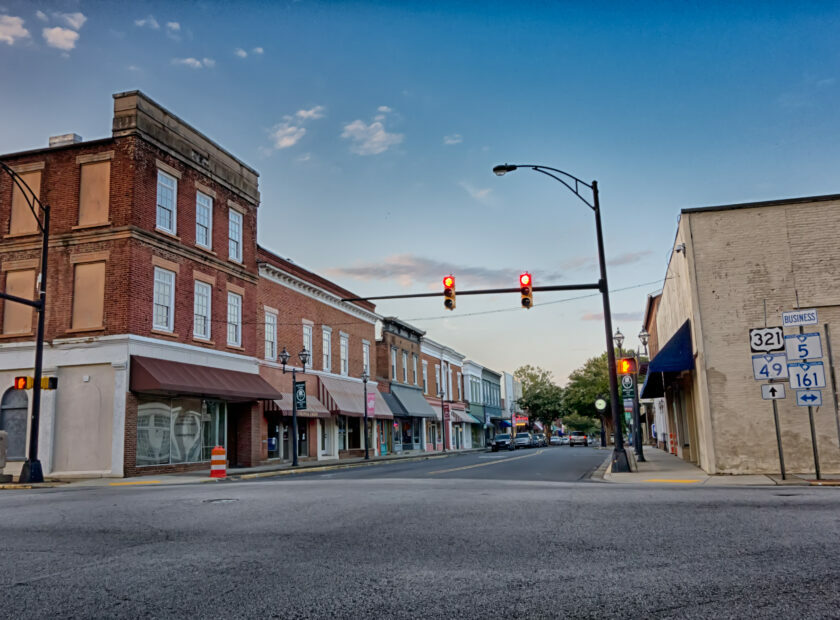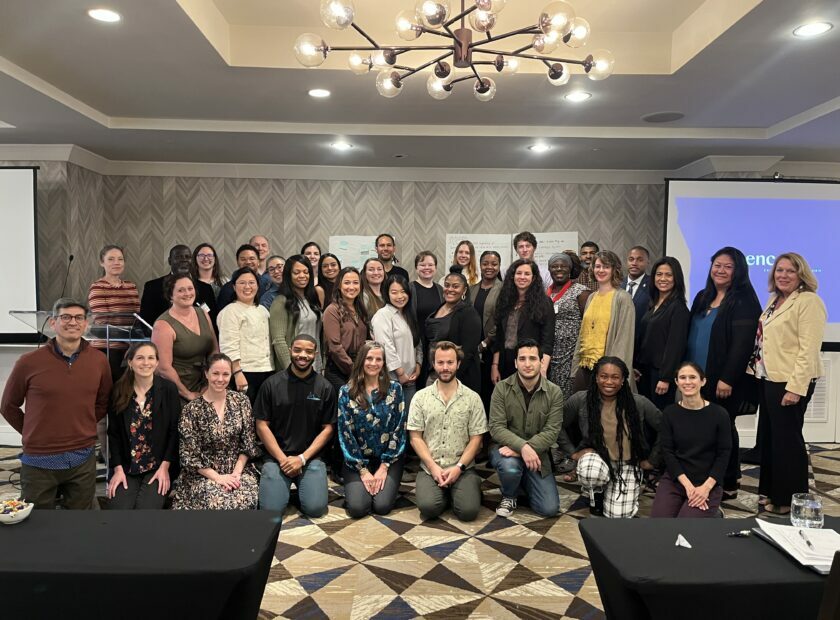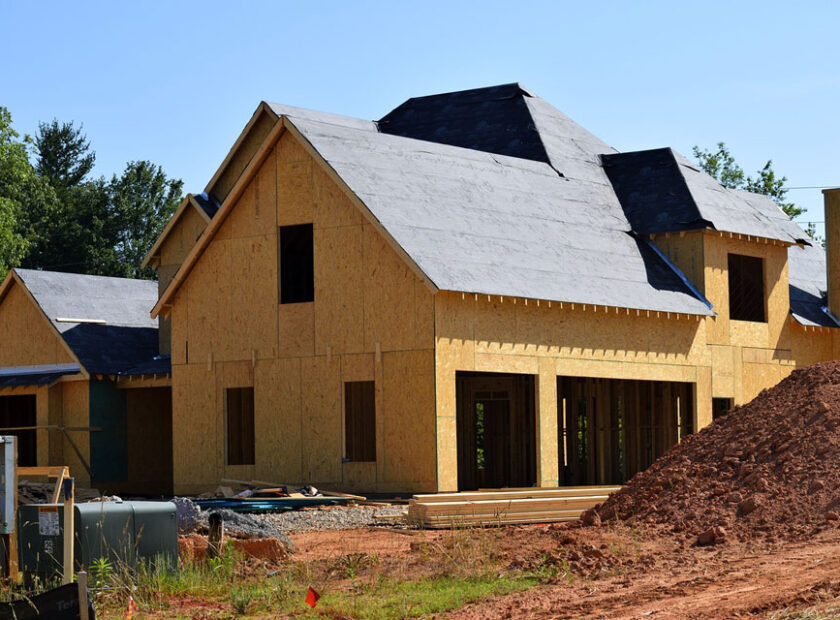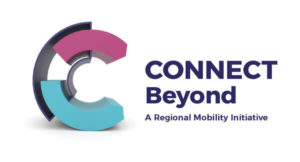 CONNECT Beyond, our region’s first transit vision and implementation plan, has continued to ramp up since kicking off in February of this year. As with so many programs and initiatives, the last several months have been both incredibly informative and transformative. Our rapidly changing world has had implications on the questions we ask about mobility, access and equity and has ensured that how we go about engaging a diverse array of stakeholders across 12 counties in two states continually evolves. Increasingly, following a Policy Advisory Committee and two Technical Advisory Committee meetings in May and June, feedback and input indicates that CONNECT Beyond provides a venue for a critical conversation at just the right time.
CONNECT Beyond, our region’s first transit vision and implementation plan, has continued to ramp up since kicking off in February of this year. As with so many programs and initiatives, the last several months have been both incredibly informative and transformative. Our rapidly changing world has had implications on the questions we ask about mobility, access and equity and has ensured that how we go about engaging a diverse array of stakeholders across 12 counties in two states continually evolves. Increasingly, following a Policy Advisory Committee and two Technical Advisory Committee meetings in May and June, feedback and input indicates that CONNECT Beyond provides a venue for a critical conversation at just the right time.
In addition to hearing from technical experts and elected and policy leaders, recent activities include a brand launch, providing a unified way to communicate about this project. The brand is designed to represent the origins and destinations we are trying to reach every day and how, through this work, we can all contribute to “setting the stage” necessary to fill identified gaps in mobility. In short, this project connects–beyond cities, counties, metropolitan planning organization and state boundaries. It connects beyond any individual transit system and looks beyond our current technology–and envisions an efficient, coordinated regional system that enhances our economic competitiveness.
CONNECT Beyond stakeholders have also been forming the purpose, goals and vision for this 18-month project. As has been detailed in earlier communications, recent stakeholder engagement has made it clear our region must: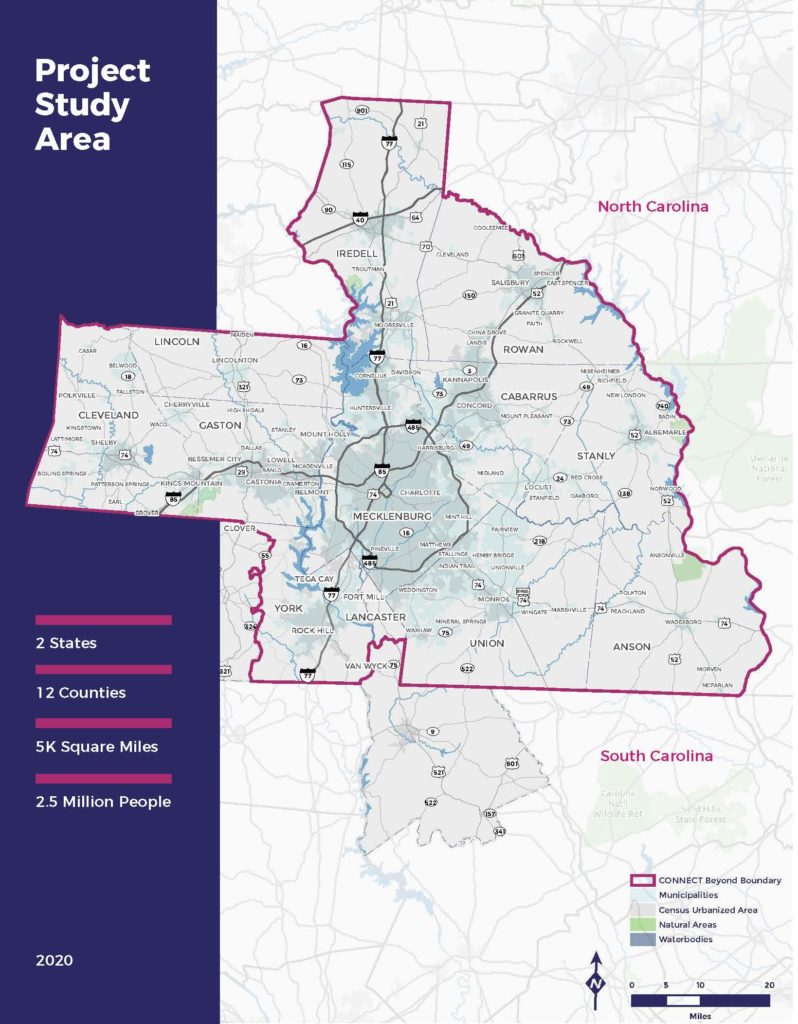
- Define a single, coordinated transit vision,
- Identify high capacity transit corridors that build upon and complement regional and local transportation plans,
- Develop strategies for regional coordination that cross modes of transit technologies as well as organizational and geographic boundaries, and
- Create action-oriented implementation approaches and near-term “wins” that support improved mobility and access, effective and regionally coordinated transit investments, and coordinated transit operations to meet the needs of a growing and changing region and population.
Looking ahead, the project team is excited to soon launch the Community Advisory Committee whose purpose is to provide a holistic, community-based lens for the regional transit vision. This committee will also work to ensure that public transportation is considered in context with the community, regional and statewide systems that depend on mobility and access. In other words, helping the project understand the interconnections between transit and community.
Additionally, continued involvement from project committees and the region at-large will be critical as high capacity transit (HCT) corridors (light rail, commuter rail, bus rapid transit) are analyzed and proposed in the coming months. Transit impacts, and is impacted by, higher education, housing, economic development, healthcare and public health, workforce needs, a range of policies, land use patterns and other modes of transportation such as highways, bike/pedestrian and aviation. The HCT corridors conversation offers a critical opportunity to envision our future and define what assets we want to invest in for our communities and region.
Please be on the lookout in the coming weeks and months to join other stakeholders in this conversation as perspectives from all members of our communities will be sought as CONNECT Beyond formulates a bold plan for mobility for our region. If you have any questions, want more information or have ideas to contribute to this work, don’t hesitate to contact the Project Team by email at contact@connect-beyond.com.
